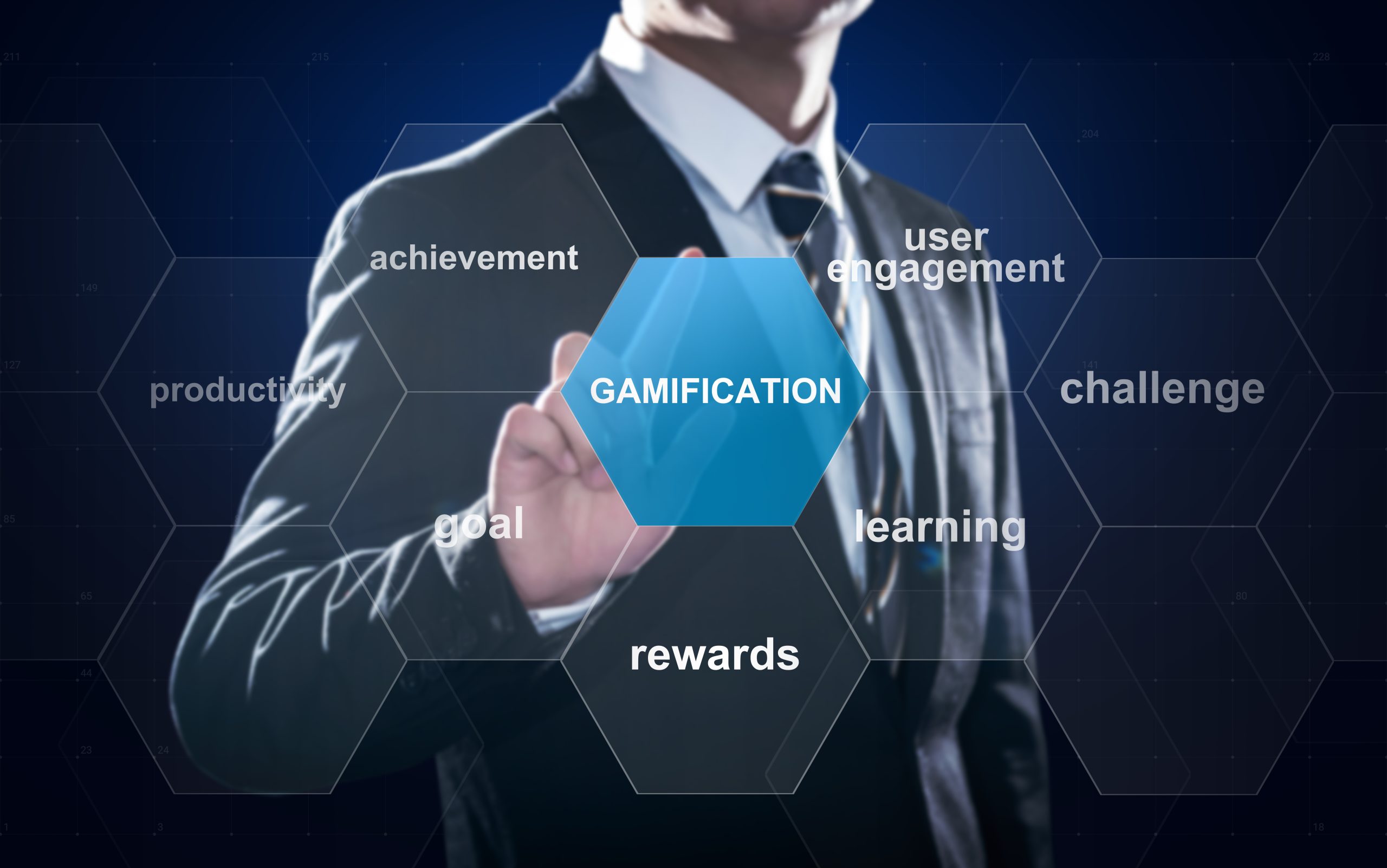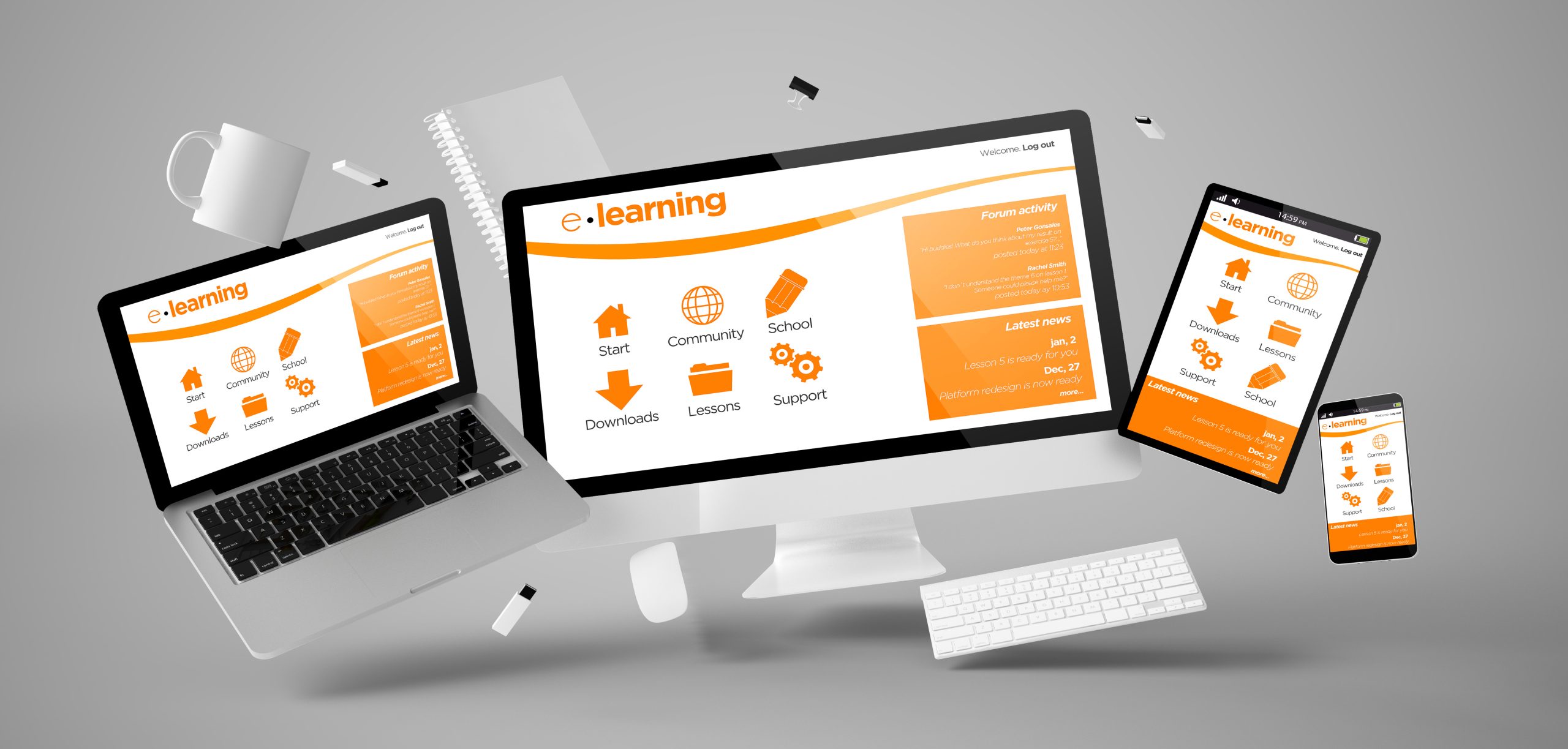What is Gamification in Education?
Gamification is the application of game mechanics—such as points, badges, leaderboards, and challenges—to non-game settings like education and corporate training. Educators can create interactive, engaging, and rewarding experiences that boost motivation and retention by integrating gaming elements into the learning process.
As digital learning continues to evolve, gamification has become a powerful strategy for enhancing education, making learning effective and enjoyable. Research shows that gamified learning experiences increase engagement, improve knowledge retention, and foster a sense of achievement among learners.
The Evolution of Gamification in Education
Gamification is not a new concept. Its roots can be traced back to traditional classroom reward systems where learners earned gold stars, certificates, and recognition for their achievements. Over time, this evolved into more structured approaches like point-based grading systems and competition-based learning activities.
With the rise of technology, gamification has expanded significantly. Early examples included educational computer games in the 1980s and 1990s, such as Reader Rabbit and Oregon Trail, which introduced learning through interactive gameplay. The 2000s saw the introduction of e-learning platforms integrating gamified elements, and today, artificial intelligence (AI) and adaptive learning systems personalize gamification to meet individual student needs.
From classroom-based competitions to AI-driven digital learning platforms, gamification has continuously evolved to meet the needs of modern learners.
Key Elements of Gamification in Education
Gamification in education relies on several core elements that help create engaging learning experiences:
- Points – Rewarding Progress. Points serve as an immediate form of feedback, helping students track their progress and achievements. Learners earn points for completing tasks, quizzes, or interactive activities. These points provide motivation and a sense of accomplishment, encouraging students to stay engaged in learning.
- Badges—Recognizing Achievements. Badges act as digital certificates that signify accomplishments. They recognize progress, whether it’s mastering a skill, completing a course module, or excelling in a particular subject. This element taps into the psychological drive for achievement and social recognition, increasing motivation.
- Leaderboards – Encouraging Friendly Competition. Leaderboards display the rankings of learners based on their progress, encouraging friendly competition. This can help boost engagement, especially among competitive learners. However, leaderboards should be used carefully to ensure inclusivity and prevent discouragement among students who may struggle.
- Challenges and quests Enhance Engagement- Challenges and quests turn learning into an adventure. Whether solving a complex problem, completing a project, or unlocking new learning materials, these elements make the learning experience feel like a journey with goals and rewards.
- Instant Feedback—Supporting Continuous Improvement. Immediate feedback helps learners understand their progress and areas for improvement. In gamified environments, feedback is often provided in real time, allowing students to correct mistakes and reinforce their knowledge.
- Storytelling and role–playing can enhance immersive Learning by incorporating storytelling elements and role-playing scenarios. For example, students might take on roles as detectives solving historical mysteries or scientists exploring the universe.
How Gamification Enhances Learning
Gamification is more than just adding fun elements to education—it has tangible benefits that improve learning outcomes:
| Increases Engagement & Motivation | Gamification taps into intrinsic and extrinsic motivation. By making learning interactive and rewarding, students are more likely to stay engaged and take an active role in their education. |
| Enhances Knowledge Retention | Game-based learning experiences create stronger memory connections. When learners actively participate in challenges, they reinforce information more effectively than passive learning methods. |
| Fosters Collaboration & Teamwork | Many gamified learning environments encourage teamwork and collaboration. Group challenges and cooperative quests help students build communication and problem-solving skills. |
| Provides Personalized Learning Experiences | Modern gamified e-learning platforms use AI and adaptive learning to tailor content to individual learners. This ensures that each student receives challenges suited to their level, keeping them engaged without feeling overwhelmed. |
| Builds Problem-Solving & Critical Thinking Skills | Gamification often involves puzzles, simulations, and strategic challenges that encourage learners to think critically, make decisions, and solve problems creatively. |
Real-World Applications of Gamification in Education
Gamification is widely used across various educational settings, from K-12 classrooms to corporate training programs. Here are some real-world examples of its impact:
- Gamified Learning Platforms: Many e-learning platforms, such as Duolingo, Kahoot!, and Quizizz, use gamification to make learning engaging and interactive. Duolingo, for example, rewards users with streaks and badges as they progress through language lessons.
- Classroom-Based Gamification: Teachers implement gamification in classrooms by creating point-based reward systems, issuing badges for accomplishments, and using competition-based learning techniques to encourage participation.
- Corporate Training & Professional Development: Gamification isn’t just for students—businesses use it to enhance employee training programs. Platforms like Axonify and SAP Litmos integrate gamified elements into corporate learning to increase engagement and knowledge retention.
- Higher Education & University Courses: Many universities now incorporate gamified learning experiences in their courses. Some use interactive simulations, virtual reality (VR) experiences, and challenge-based learning to enhance student engagement.
Best Practices for Implementing Gamification in Learning
To effectively use gamification in education, consider these best practices:
✔️ Set Clear Learning Objectives: Ensure that gamification aligns with educational goals and is not just for entertainment.
✔️ Balance Competition with Collaboration: Use leaderboards and challenges wisely to encourage participation without discouraging students.
✔️ Provide Meaningful Rewards: Badges and points should be tied to real progress and achievement.
✔️ Ensure Accessibility & Inclusivity: Gamified learning should be accessible to all learners, including those with disabilities.
✔️ Use Data & Analytics: Track student engagement and performance to refine gamification strategies over time.
The Future of Gamification in Education
With advancements in technology, gamification will continue to evolve and shape the future of education. Emerging trends include:
🚀 AI-Driven Gamification: Personalized learning experiences based on AI analytics. 🎮 Virtual & Augmented Reality (VR/AR): Immersive, interactive learning experiences. 📊 Blockchain & Digital Credentials: Secure digital badges and certifications. 🔗 Integration with the Metaverse: Expanding gamified learning into virtual worlds.
As technology advances, gamification will become even more sophisticated, providing students and professionals with engaging, adaptive, and immersive learning experiences. Gamification has revolutionized education by making learning more engaging, interactive, and effective. By incorporating game mechanics such as points, badges, and leaderboards, educators can create motivating learning experiences that improve retention and student participation.
Whether you’re an educator looking to enhance your teaching methods, a corporate trainer aiming to increase engagement, or an instructional designer developing e-learning solutions, gamification is a proven strategy to elevate learning outcomes.
Ready to implement gamification in your learning programs? Explore how our instructional design services can help you integrate gamified elements into your courses and training programs. Contact us today!
#Gamification #EdTech #GameBasedLearning #InstructionalDesign #EducationInnovation #LearningThroughPlay




